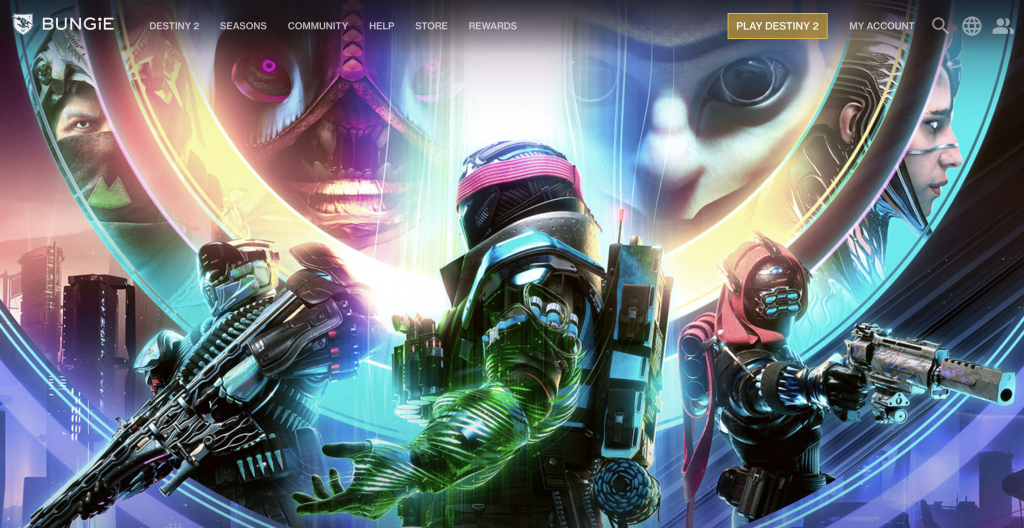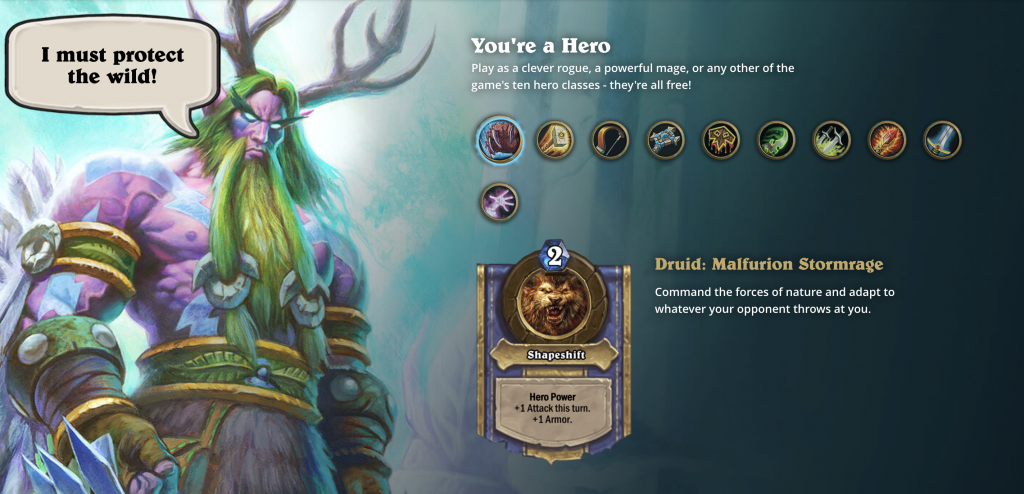Live service games are video games that are designed to be continuously updated with new content, features, and events to keep players engaged over a long period of time. These games are typically online multiplayer games that require an internet connection to play. Live service games have become increasingly popular in recent years, with many games adopting the model. In this article, we will look at ten examples of live service games and their monetization strategies.
Fortnite
Fortnite is a free-to-play battle royale game that was developed and published by Epic Games. The game’s monetization strategy revolves around its in-game currency, V-Bucks, which can be used to purchase cosmetic items such as skins, emotes, and dances. Players can earn V-Bucks through gameplay or purchase them with real money. Fortnite also offers a Battle Pass, which allows players to unlock additional cosmetic items and earn V-Bucks by completing in-game challenges.
Apex Legends
Apex Legends is a free-to-play battle royale game that was developed by Respawn Entertainment and published by Electronic Arts. The game’s monetization strategy revolves around its in-game currency, Apex Coins, which can be used to purchase cosmetic items such as skins, banners, and finishers. Players can earn Apex Coins through gameplay or purchase them with real money. Apex Legends also offers a Battle Pass, which allows players to unlock additional cosmetic items and earn Apex Coins by completing in-game challenges.
World of Warcraft
World of Warcraft is a subscription-based massively multiplayer online role-playing game (MMORPG) that was developed and published by Blizzard Entertainment. Players must pay a monthly subscription fee to access the game’s content. Additionally, the game offers a cash shop where players can purchase cosmetic items such as mounts, pets, and transmog items. World of Warcraft also offers expansions, which add new content and features to the game.
Destiny 2
Destiny 2 is a free-to-play first-person shooter that was developed by Bungie and published by Activision. The game’s monetization strategy revolves around its in-game currency, Silver, which can be used to purchase cosmetic items such as emotes, ornaments, and finishers. Players can earn Silver through gameplay or purchase it with real money. Destiny 2 also offers expansions, which add new content and features to the game.

Warframe
Warframe is a free-to-play cooperative third-person shooter that was developed and published by Digital Extremes. The game’s monetization strategy revolves around its in-game currency, Platinum, which can be used to purchase cosmetic items such as skins, emotes, and decorations. Players can earn Platinum through gameplay or purchase it with real money. Warframe also offers expansions, which add new content and features to the game.
Hearthstone
Hearthstone is a free-to-play digital collectible card game that was developed and published by Blizzard Entertainment. The game’s monetization strategy revolves around its in-game currency, Gold, which can be used to purchase card packs and entry into the arena. Players can earn Gold through gameplay or purchase it with real money. Hearthstone also offers expansions, which add new cards and features to the game.

League of Legends
League of Legends is a free-to-play multiplayer online battle arena game that was developed and published by Riot Games. The game’s monetization strategy revolves around its in-game currency, Riot Points, which can be used to purchase champions, skins, and other cosmetic items. Players can earn Riot Points through gameplay or purchase them with real money. League of Legends also offers a Battle Pass, which allows players to unlock additional cosmetic items and earn Riot Points by completing in-game challenges.
Overwatch
Overwatch is a team-based first-person shooter that was developed and published by
Blizzard Entertainment. The game’s monetization strategy revolves around its in-game currency, Overwatch League Tokens, which can be used to purchase team skins and other cosmetic items. Players can earn Overwatch League Tokens through gameplay or purchase them with real money. Overwatch also offers a Battle Pass, which allows players to unlock additional cosmetic items and earn Overwatch League Tokens by completing in-game challenges.
Tom Clancy’s Rainbow Six Siege
Tom Clancy’s Rainbow Six Siege is a team-based tactical first-person shooter that was developed and published by Ubisoft. The game’s monetization strategy revolves around its in-game currency, R6 Credits, which can be used to purchase cosmetic items such as skins, headgear, and charms. Players can earn R6 Credits through gameplay or purchase them with real money. Tom Clancy’s Rainbow Six Siege also offers a Battle Pass, which allows players to unlock additional cosmetic items and earn R6 Credits by completing in-game challenges.
Pokémon GO
Pokémon GO is a free-to-play augmented reality game that was developed and published by Niantic. The game’s monetization strategy revolves around its in-game currency, PokéCoins, which can be used to purchase items such as incubators, incense, and storage upgrades. Players can earn PokéCoins through gameplay or purchase them with real money. Pokémon GO also offers events, which add new Pokémon and features to the game.
In conclusion, live service games offer a variety of monetization strategies to players, including microtransactions, subscriptions, in-game purchases, and cosmetic items. These strategies are designed to generate revenue for developers while also keeping players engaged and coming back for more. Each of the ten live service games discussed in this article has its own unique monetization strategy, which is tailored to the game’s specific audience and gameplay style. By carefully balancing these monetization strategies with the game’s content and features, developers can create a successful live service game that appeals to a wide range of players.






